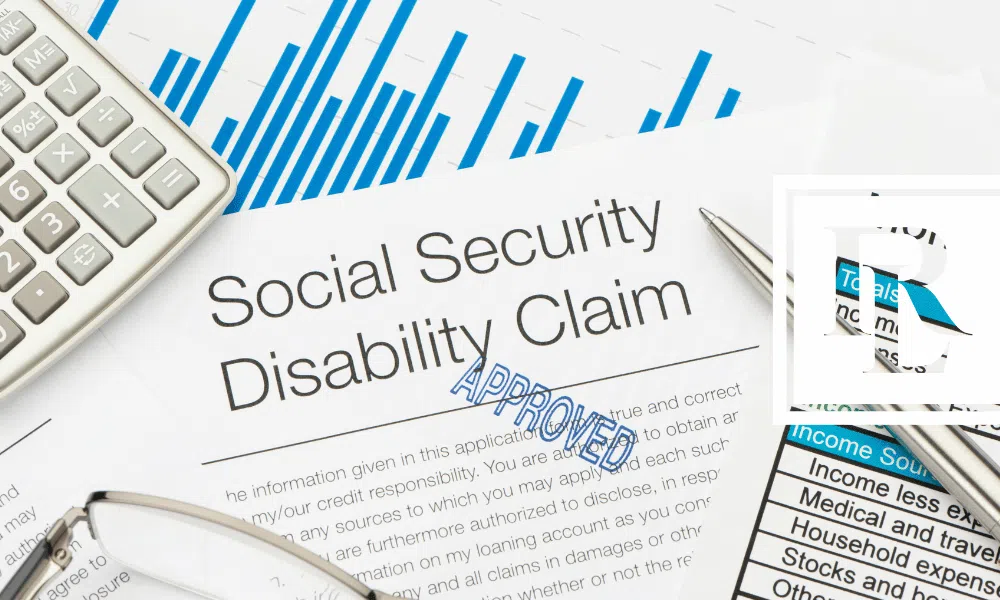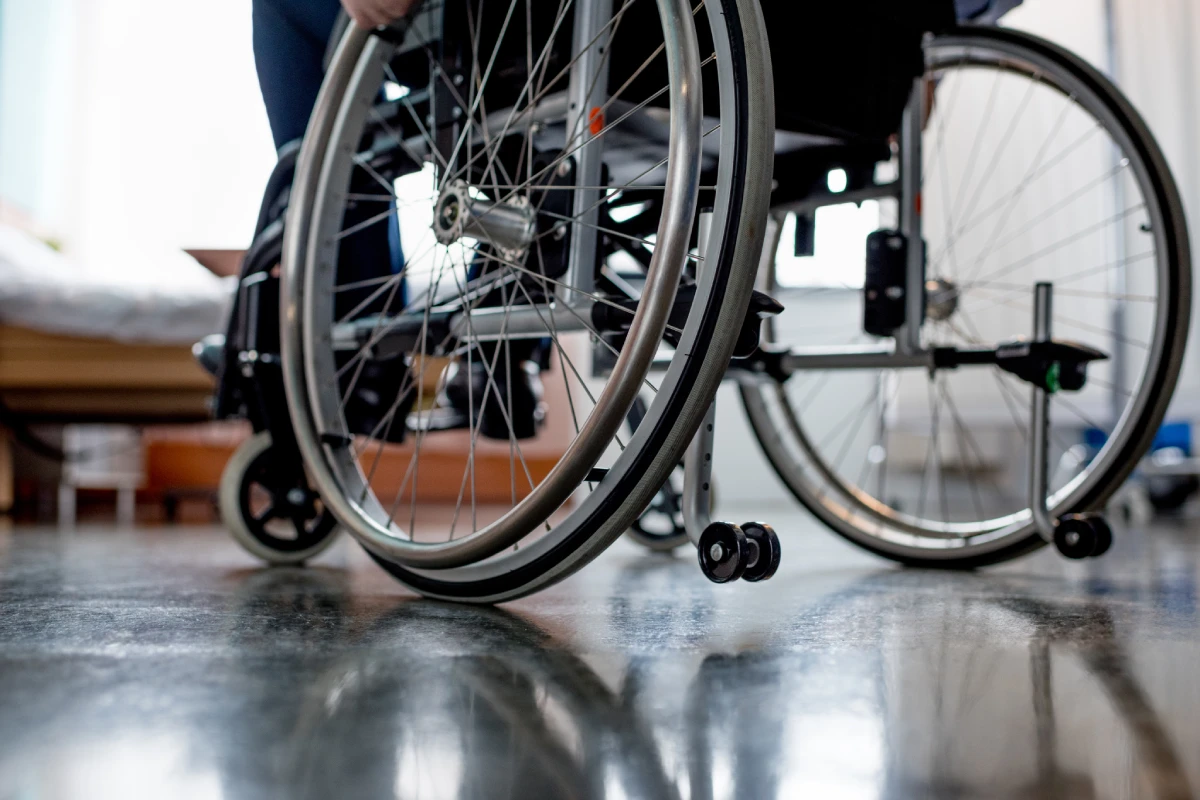Applying for Social Security Disability Insurance (SSDI) can be overwhelming and confusing. It might be helpful to understand how the Social Security Administration (SSA) uses five simple steps to determine eligibility for disability benefits. First, though, consider whether you meet the work record requirements.
Work Record Requirements & Eligibility for Disability Benefits
Workers in the United States earn Social Security credits as they work. These credits are based on annual salary or reported self-employment income. Each worker can earn up to four credits per year.
The number of credits earned is based on total dollars reported as income in a given year, and the calculation can change annually. For example, in 2014 workers earn one credit per $1,200 of income. You are limited to earning four credits each year regardless of how much you exceed the limit of four credits (which in 2014 workers achieve after earning $4,800 for the year).
If you’re 62 or older, to meet requirements for eligibility for disability benefits, you must have a minimum of 40 credits and 20 of those credits must have been earned in the past 10 years. In the case of younger individuals who have not had the time to build that length of work history, the SSA requires fewer credits.
SSA’s Steps for Determining Eligibility for Disability Benefits
The SSA will review each application and considers the following five questions to determine eligibility for disability benefits.
- Are you working? The SSA will review your work history and current situation. If you are currently working and earning at least $1,070 per month, you will be disqualified. If you are earning less than $1,070 per month or are not working at all, the SSA will forward your application for consideration and move on to question two.
- Does your condition qualify as severe? If you have a condition that is limiting your ability to work due to its severity, you will be considered disabled and moved on to question three. If your condition is less than severe, the SSA may not consider you disabled and you may not be eligible for benefits.
- Does your condition appear on the List of Disabling Conditions? The SSA has a list of conditions considered disabling. If your condition is included on this list and you meet the specified criteria, you will move on to question four. If you condition is not on the list, the SSA will require further information and will review your case individually to determine whether it meets eligibility for disability benefits.
- Can you do the work you are trained to do? If your condition is severe but is not at the level required on the Listing of Impairments, the SSA will need to determine whether you are able to perform the duties of your previous job.
- Are you able to do any other type of work? The SSA will determine whether you may be qualified to do other work. If it finds that you are unable to perform your previous job duties or any other work that you might be qualified to perform, the SSA may consider you eligible for SSDI benefits.
Rob Levine Law Can Help Prove Eligibility for Disability Benefits
If you need help filing and managing an SSDI claim or proving eligibility for disability benefits, talk to Rob Levine, the Heavy Hitter ®. Our firm specializes in working with injured and disabled residents in Rhode Island, Connecticut, Massachusetts, and New Hampshire to navigate the SSDI process. Call us today at 866-LAW-SSDI to set up a consultation to discuss your case with an attorney.






